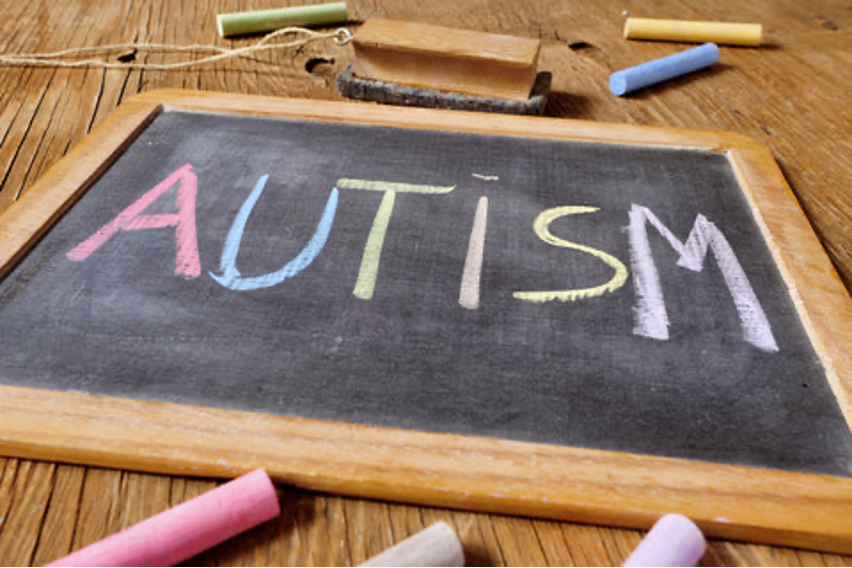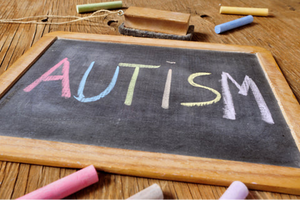Kindermark Kids Blog — Teaching Students with Autism

National Autism Awareness Month
April is National Autism Awareness Month. This month represents an excellent opportunity to promote autism awareness, autism acceptance and to draw attention to the tens of thousands facing an autism diagnosis each year. The Autism Society has organized a variety of ways you can get involved, and celebrations include presidential/congressional declarations, online events and activities, local events and activities through their affiliates and partner opportunities.

